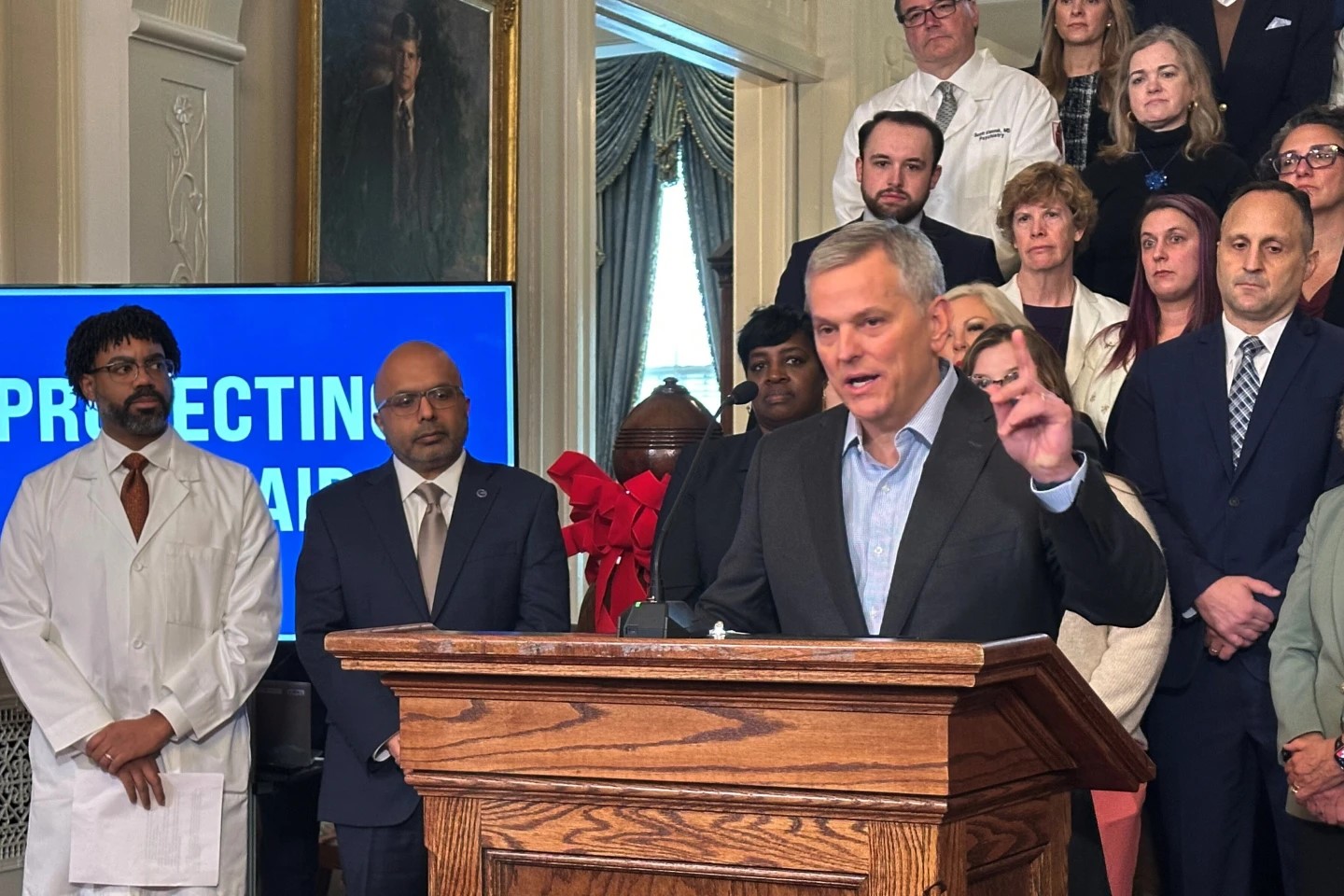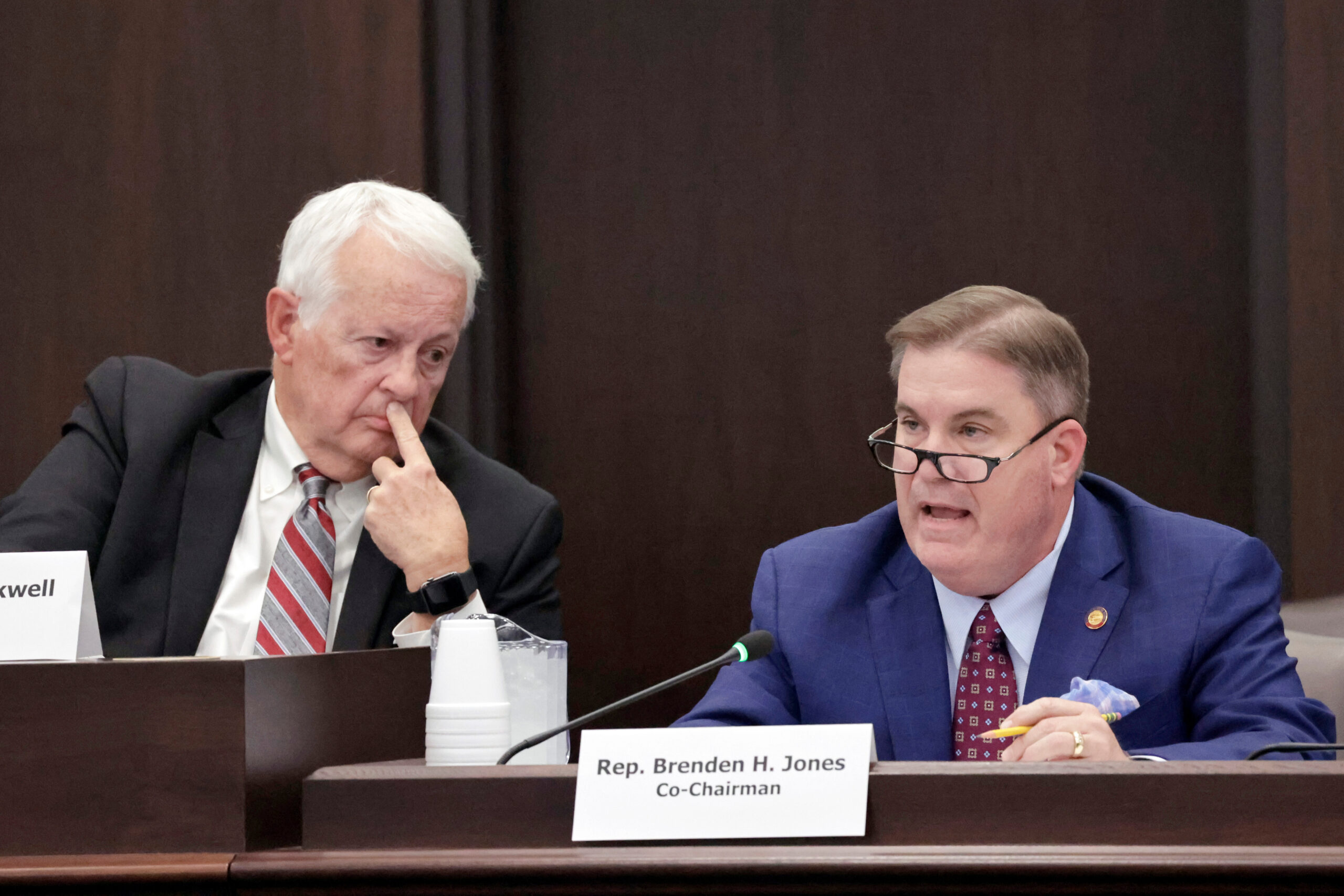Fewer of North Carolina’s 1.5 million public school students are attending problem schools, but the annual snapshot released Wednesday showing how the state’s classrooms are doing shows few significant changes in recent years.
There are nearly three dozen fewer schools in the more than 400 statewide that year after year show poor performance in teaching children, the annual school accountability report showed. Six consistently low-performing elementary or middle schools are being considered for a state takeover next year.
But many other measures from the 2017-18 school year were status quo.
Once again, fewer than half the elementary and middle school students tested last spring were ready to tackle both reading and math in the next grade. The percentage of 11th-graders taking a college admission exam deemed ready to attend a public university has fallen in each of the past two years. Graduation rates were frozen. The same share of the state’s more than 2,500 traditional and charter schools earned As or Bs under the state’s A-to-F grading system.
“When we dig into the data, we see that some results go up, some results go down, but consistently the trend is that we are not where we want to be for students,” state schools Superintendent Mark Johnson said. “We really seem to be plateauing.”
Public schools are serving an increasing number of children from poor families who may get less learning help at home, and that’s an important reason why performance measures have stalled, state school board chairman William Cobey said in an interview.
He and Johnson pointed separately to plans to expand personalized learning — where students learn at their own pace using computer packages and other methods.
“I think that is where we’re going to see improvement,” said Cobey, who is stepping down Thursday after five years of leading the state school board.
Johnson said teachers and principals are working harder than ever, but their efforts are deadened by “the system that they’re confined in.”
“We have been trying the same thing in our public education system for a number of years. Our system was designed 100 years ago to fit for a society in the industrial age,” Johnson said. For example, middle schools and high schools should decrease the message that college is necessary for a successful work life when computer and other technical skills are in high demand.
Teachers will spend less time preparing for standardized tests and more time on instruction, Johnson said.
He also pointed to an experiment that school district in Rowan County and Salisbury is trying this year. Under a new state law, the 19,000-student school district will have increased flexibility to skip state guidelines and shake up scheduling, staffing, curriculum and handling its finances.
Related Stories
‹

Four-Term North Carolina Gov. Jim Hunt, a Leader in Education Reform, Dies at 88Former Gov. Jim Hunt, a towering figure in North Carolina politics in the late 20th century who helped leaders from both major parties strive for public education reform, died Thursday at the age of 88.

Chapel Hill Educator, Historian and UNC Statistician Freddie Kiger Inducted Into Order of Longleaf PineMembers of the East Chapel Hill Rotary Club surprised Freddie Kiger with his induction into the Order of the Long Leaf Pine during its holiday party on Dec. 5.

North Carolina Gov. Stein Cancels Medicaid Rate Cuts Amid Legal and Legislative BattlesNorth Carolina Democratic Gov. Josh Stein is canceling Medicaid reimbursement rate reductions he initiated over two months ago, preserving in the short term access to care for vulnerable patients.

French Manufacturer Shares Plans to Relocate U.S. Operations to HillsboroughGov. Josh Stein’s office shared the French manufacturing company CITEL is planning on relocating its U.S. business to Hillsborough and will invest $12.5 million in the project.

Federal Judges Uphold Several North Carolina US House Districts Drawn by RepublicansWritten by GARY D. ROBERTSON RALEIGH, N.C. (AP) — Federal judges on Thursday upheld several U.S. House districts that North Carolina Republicans drew in 2023 that helped the GOP gain additional seats the following year. They rejected accusations the lines unlawfully fractured and packed Black voters to weaken their voting power. The order by three judges — […]

On the Porch: Dr. Jim Crawford - October News RoundupThis Week:
Born into a blue collar and agricultural clan in rural Pennsylvania, Dr. Jim Crawford was the first in his family to graduate from college. Earning his PhD from the University of North Carolina, he taught US and World History at several universities in the piedmont North Carolina for several decades. He served as chairman of the Chatham County board of commissioners. He is a firm believer in American democracy and trusts that the constitution will hold firm now as it has in past crises despite the broken, distempered electorate.

North Carolina Adopts New Trump-Backed US House Districts Aimed at Gaining a Republican SeatWritten by GARY D. ROBERTSON RALEIGH, N.C. (AP) — North Carolina Republican legislative leaders completed their remapping of the state’s U.S. House districts on Wednesday, intent on picking up one more seat to help President Donald Trump’s efforts to retain GOP control of Congress in next year’s midterm elections. The new boundaries approved by the […]

Democrats Look to Long Term as North Carolina GOP Redistricting Plan Seeks Another Seat for TrumpDemocrats rallied Tuesday against a new U.S. House map proposed by North Carolina Republicans that would likely reap another GOP seat.

North Carolina GOP’s Proposed Map Seeks to Thwart Democratic Incumbent’s ReelectionNorth Carolina's Republican legislators are offering a redrawn U.S. House district map to help the GOP retain control of Congress.

North Carolina Court: GOP Can Narrow Governor’s Appointment Powers on Some BoardsWritten by GARY D. ROBERTSON RALEIGH, N.C. (AP) — Decade-long political quarrels over legislative and executive powers in North Carolina advanced Wednesday as a state appeals court permitted the Republican-controlled General Assembly to chip away at the Democratic governor’s appointment authority for several key commissions. The judges also said lawmakers went too far remaking other boards. A […]
›











